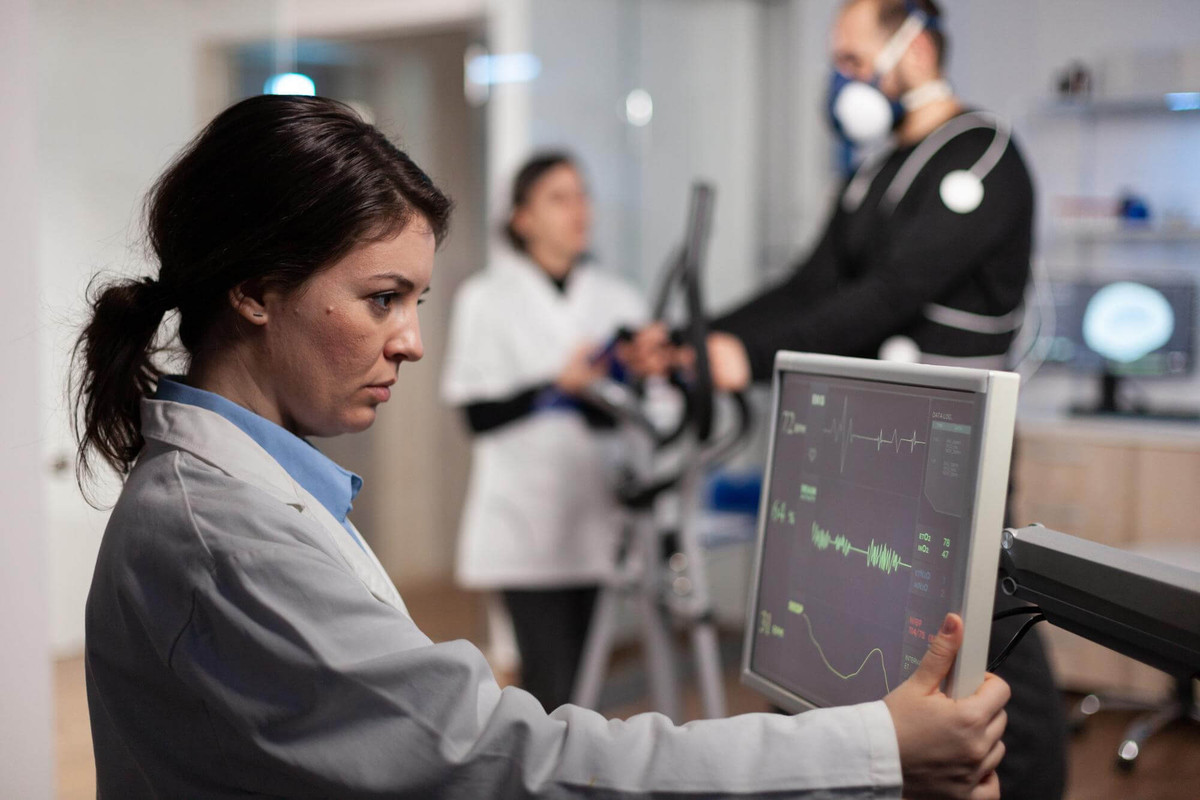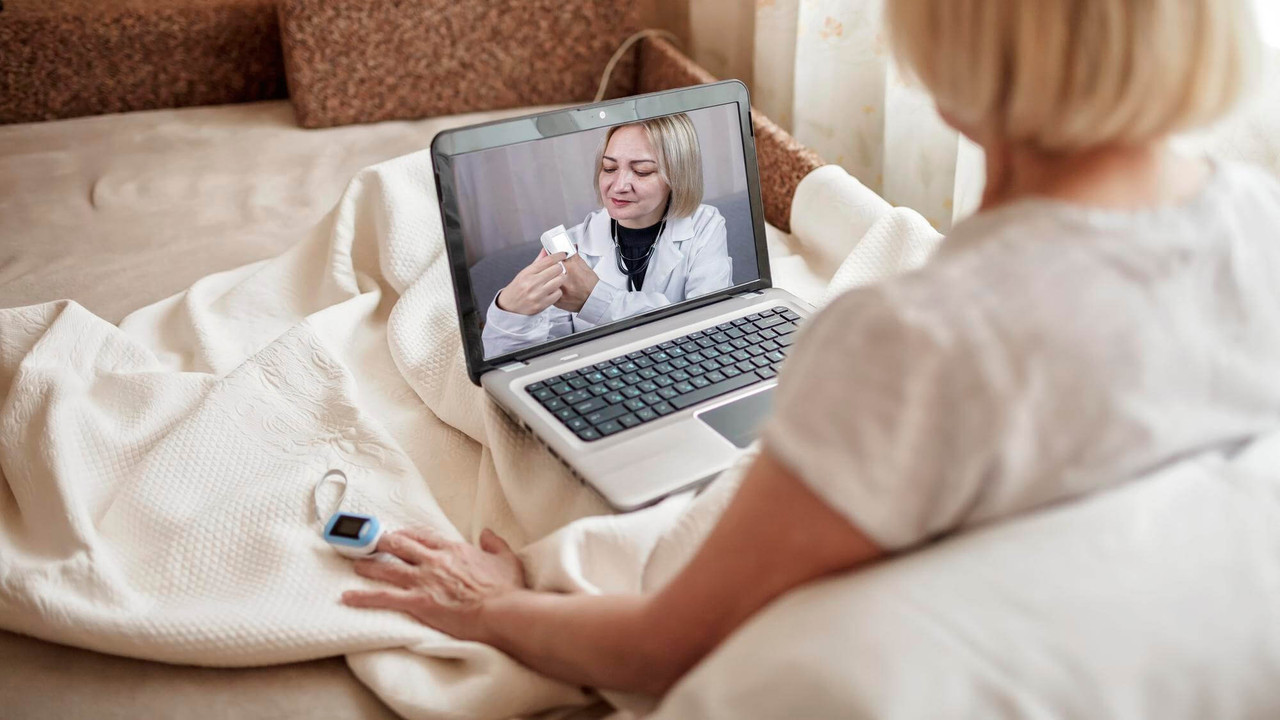
When dealing with technology in healthcare, understanding the recent advancements is important as they offer amazing benefits and improvements. As ongoing problems and inefficiencies continue to challenge the sector worldwide, new solutions are proving very important. Understanding these advancements helps us see their role in improving patient results, how things run, and overall care quality.
Key Takeaways
- Improved diagnostic accuracy through AI and machine learning.
- Enhanced patient engagement via telemedicine.
- Streamlined operations with electronic health records.
- Personalized treatment plans through data analytics.
- Better disease surveillance and management.
Streamlined Patient Care and Management
Simplified Patient Care and Management involves improving healthcare processes to make them more efficient and better for patients. It focuses on cutting down unnecessary steps, improving communication, and using technology in medical practices. Healthcare workers see these improved processes as essential for making their jobs easier and providing better-quality service.
Important aspects include connected electronic health records (EHRs), teamwork among care teams, and efficient patient appointment systems. Better management encourages teamwork across different medical areas, leading to more personalized and effective patient care.
The use of EHRs allows easy information sharing among healthcare providers, ensuring consistent and accurate treatment plans. Good communication not just leads to faster diagnoses but also improves patient involvement and satisfaction through openness.
Teamwork among care providers allows specialists and general doctors to work well together, ensuring complete healthcare solutions. New technologies, such as virtual doctor visits and smart devices, are important for predicting health issues and keeping an eye on patients from afar, which leads to better preventive care.
Efficient appointment systems reduce waiting times, enabling quick actions, which can be very important in emergencies. Better management helps lower hospital readmissions and medical mistakes, ultimately improving patient results and cutting healthcare costs.
By using uniform procedures and consistent training, healthcare systems can keep improving care quality while managing resources well. To fully benefit from better patient care and management, collective efforts in adopting digital tools and keeping communication open are essential. Actively involving patients and focusing on their experiences further leads to new ideas in healthcare practices.
Enhanced Diagnostic Accuracy with Advanced Tools
Improved accuracy with new tools allows doctors to find diseases more correctly and quickly. These tools include:
- Modern imaging methods
- Artificial intelligence programs
- Better laboratory systems
- Wearable health devices
- Genetic testing methods
Modern imaging methods, like MRI and CT scans, provide clear views of inside the body. This helps find hidden problems faster. Artificial intelligence programs handle a lot of information quickly, noticing patterns that might be missed by humans. They make diagnosing more accurate, helping in decision-making.
Better laboratory systems examine blood and other samples with high precision. This ensures quicker finding of problems, helping in fast intervention and treatment plans.
Wearable health devices track important health signs continuously, providing important data to healthcare providers. They allow for constant checking of patients' health, leading to earlier discovery and better management of conditions.
Genetic testing methods help find possible inherited diseases or risks. Finding these possibilities early allows for preventive actions, improving long-term health results.
Overall, these new tools lead to various benefits:
- Improved accuracy: Diagnoses become more precise, reducing mistakes significantly.
- Early discovery: Diseases often found earlier, improving treatment success.
- Patient results: Improved care quality results in better health and recovery.
- Healthcare efficiency: Streamlined diagnostics free up resources in healthcare settings, promoting efficiency.
In conclusion, new diagnostic tools offer reliable and efficient ways to find diseases. They assist healthcare professionals in delivering better patient care, making a huge difference in outcomes. New tools ensure timely detection and treatment, enhancing patient well-being.
Improved Access to Medical Information
Improved Access to Medical Information is a better way to get complete, accurate health information easily and quickly. It changes healthcare by giving patients and professionals instant access to medical knowledge, records, and research. Seen as an important step forward in healthcare, it's praised for increasing knowledge and decision-making efficiency at different levels.
Key parts include digital health platforms, online doctor services, electronic health records, and patient websites offering a lot of information access. It allows patients to take an active role in their healthcare, helping them manage their conditions and understand challenging medical issues.
For healthcare professionals, it helps with decision-making through quick access to patient histories and the latest research findings. Online medical libraries and databases improve teamwork across locations, allowing shared knowledge and new treatment strategies.
The chance for personalized medicine grows with better data access, creating customized patient care plans and targeted treatments. Improved Access to Medical Information also supports public health efforts by providing insights for monitoring and management strategies.
Privacy and data security concerns are important in this system, needing strong protections to keep private information safe. Improving digital skills ensures people and communities can effectively use these resources, reducing differences in health information access.
Facilitated Remote Patient Monitoring
|
Term |
Explanation |
|
Remote Patient Monitoring |
Using technology to track patients' health from distant places without visiting the hospital. |
|
Facilitated Monitoring |
Assisted tracking process for patients, ensuring ease and efficiency in remote healthcare services. |
|
Devices Used |
Gadgets like wearables, smartphones, or tablets to monitor patients' conditions remotely. |
|
Healthcare Professionals |
Doctors and nurses review data from devices, ensuring patient safety and health management. |
|
Data Collection |
Information related to heart rate, blood pressure, and other vital signs is recorded routinely. |
|
Data Transmission |
Collected healthcare data is sent securely to medical personnel over the internet or phone networks. |
|
Real-Time Updates |
Doctors and patients receive instantaneous health information for timely intervention and guidance. |
|
Patient Engagement |
Patients take active roles in managing their health through remote monitoring systems. |
|
Benefits |
Enhanced healthcare access, convenience, and potentially reduced hospital visits for patients. |
|
Challenges |
Potential issues with technology, data privacy, and ensuring continuous patient adherence. |
|
Future Prospects |
Continued development likely to improve efficiency and quality of remote patient healthcare. |
Increased Efficiency and Cost-Effectiveness
Increased efficiency and saving money mean using resources wisely to do more with less, making things work better. Companies aim for these goals to stay competitive and make more money. Seen as good, increased efficiency cuts waste, simplifies operations, and removes extra costs while improving service quality.
Saving money ensures resources are used smartly, getting the most out of them and avoiding wasteful spending, giving big returns with small investments. Industries worldwide use automation and technology to improve efficiency, like AI making processes faster and easier.
Better efficiency often leads to new ideas, encouraging teams to come up with creative solutions, positively affecting how organizations work. Energy-saving practices greatly reduce costs in making products while also helping the environment, supporting sustainability goals.
Good resource management boosts productivity, allowing businesses to give better customer experiences while keeping profits. In healthcare, making processes better helps patients by cutting wait times and improving satisfaction and resource use.
In public services, saving money allows for better services without raising taxes, improving community well-being. Non-profit organizations can make donations go further, helping more people. The transportation industry improves efficiency by using data to plan routes and save fuel, cutting costs a lot.
Rounding it Up
Many see technology in healthcare as groundbreaking, changing the way we care for patients and manage health systems. Its importance is in better testing, customized treatments, and more efficient operations, ultimately saving many lives. Quick tip: Keep learning and adjust to new technologies to make the most of healthcare opportunities and improve patient results effectively.
Trending Articles
Technology is transforming healthcare, making treatments more accessible and improving patient outcomes. Just as advancements in medicine simplify complex procedures, having the right resources can make other life challenges—like legal matters—more manageable. Here are some trending articles that might interest you:
-
Searching for the best online divorce services? Explore top-rated platforms for a smooth and hassle-free process. Read more.
-
Navigating divorce with children in Georgia? Find services designed to help families transition smoothly. Learn more.
















